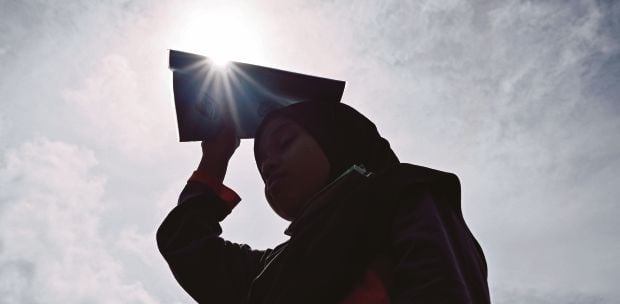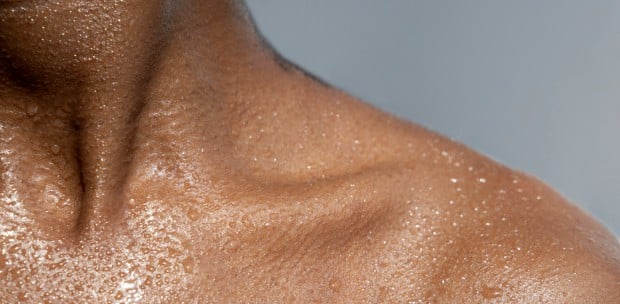IN Malaysia, stroke is the third leading cause of death.
According to the National Stroke Registry, there were 47,911 stroke incidences in 2019, which means that about 130 people suffer from a stroke every day in Malaysia.
Furthermore, the country also records almost 32 deaths per day due to stroke and patients are almost always burdened with various morbidities with 7 out of 10 patients needing to depend on others to survive.
Stroke is also known to be a leading cause of death and disability worldwideIN Malaysia, stroke is the third leading cause of death.
According to the National Stroke Registry, there were 47,911 stroke incidences in 2019, which means that about 130 people suffer from a stroke every day in Malaysia.
Furthermore, the country also records almost 32 deaths per day due to stroke and patients are almost always burdened with various morbidities with 7 out of 10 patients needing to depend on others to survive.
Stroke is also known to be a leading cause of death and disability worldwide, and its prevalence continues to rise. , and its prevalence continues to rise. This sudden killer usually occurs when blood supply to a part of the brain is interrupted, causing damage to brain cells.
It can affect anyone at any age, but is usually more common in people over the age of 60. The World Health Organisation (WHO) notes that stroke patients are getting younger, and 1 in 4 strokes now occur in people under the age of 50.
Up to 90 per cent of strokes can be prevented and attributed to a few modifiable risk factors, says Sunway Medical Centre assistant medical director and consultant emergency physician Dr Lee Tuan Cheong.
"Knowing these risk factors and taking necessary steps to reduce them can lower your chances of having a stroke."
Dr Lee adds that the most significant contributor to a stroke is high blood pressure as it can damage the walls of the arteries, making them more likely to narrow or form a clot, which leads to a stroke.
Obesity, diabetes, high cholesterol and a family history of stroke are also contributing factors.
In addition, other risk factors include a history of transient ischemic attack (TIA), a temporary stroke-like event that is caused by a blood clot that blocks a blood vessel in the brain. Drug abuse, heavy lifting and extreme emotional stress are also risk factors.
Dr Lee says when a stroke happens, the signs and symptoms may vary depending on which part of the brain is affected. However, there are some common signs and these include sudden numbness or weakness on one side of the body, confusion or trouble speaking, trouble seeing in one or both eyes, difficulty walking or balancing and a sudden severe headache with no known cause.
"It is important to act quickly and seek medical treatment fast during a stroke. Early treatment can help reduce the damage caused by the stroke as well as improve the chances of a full recovery," says Dr Lee.
It is best to head to the hospital immediately after the onset of symptoms, preferably within 4.5 hours to minimise disability.

RECUPERATION AND REHABILITATION
Sunway Medical Centre rehabilitation medicine specialist Dr Foong Chee Chong says a comprehensive stroke rehabilitation programme usually begins when the stroke survivor is still in hospital.
"With medical advancements, there are many rehabilitation processes fit for stroke survivors, such as robotic technology, non-invasive brain stimulation, and virtual reality that can help stroke survivors achieve better functional improvement," says Dr Foong.
For stroke survivors, rehabilitation is an imperative part of the journey to recovery.
Dr Foong says there is actually a golden period where the injured brain is more "plastic" and this is usually within the first three months. During this period, intensive therapy can produce more gain.
"It is crucial for families and partners to understand the severity of the stroke and the impairments patients suffer from so they know what type of therapy and treatment the patient needs."
More importantly, family members must support their loved ones throughout their long recovery journey.
Although they may not be able to regain their health and function completely, they can still have a meaningful life.

POST STROKE
THERE are a few types of exercises a stroke survivor can perform at home:
*Flexibility exercises
*Strengthening exercises
*Balance exercises
*Functional task training
*Aerobic exercises
All recommended exercises have to be individualised depending on the severity of the stroke.
Get your dreamy luxury fashion items with this Zalora voucher.




